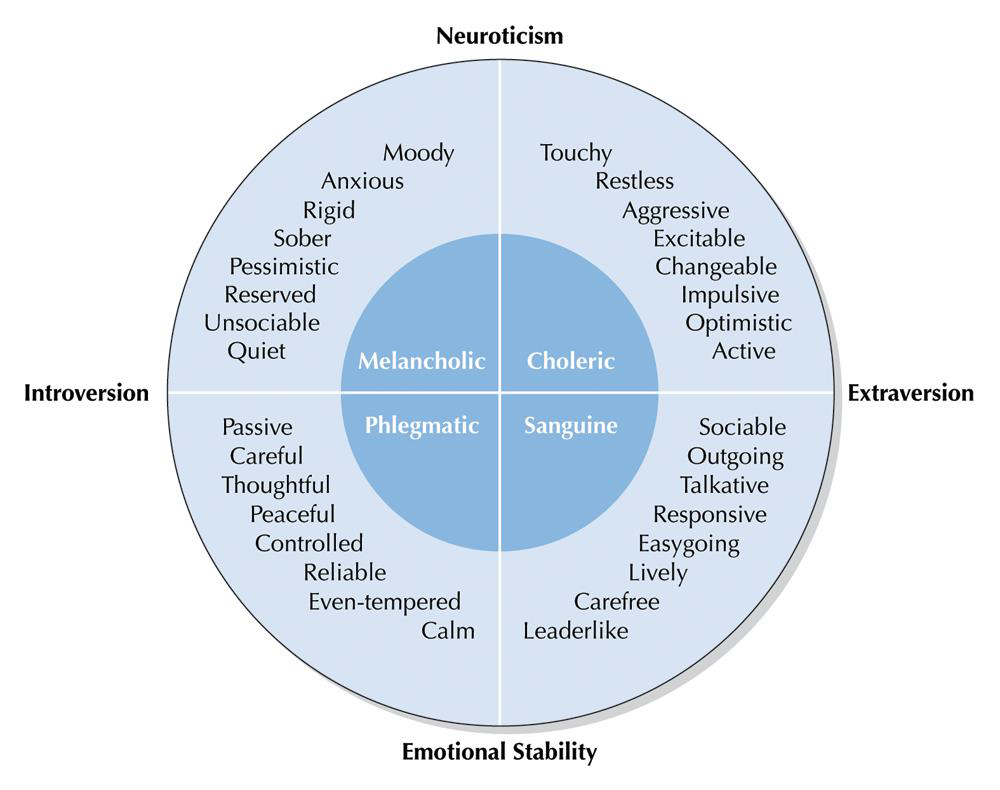Ch 12 Biological Traits Hans Eysenck
1/14
There's no tags or description
Looks like no tags are added yet.
Name | Mastery | Learn | Test | Matching | Spaced |
|---|
No study sessions yet.
15 Terms
Factor-analytic
Studies provide a description of personality
Causal analyses
based on experimental tests of deductions to identify biological causes
Step 1: Eysenck’s theory
Hypothesize the relationship between various personality traits
Step 2: Eysenck’s theory
Conduct factor analytic studies to identify clusters of traits that indicate underlying superfactors
Step 3: Eysenck’s theory
Construct a biological theory to account for the behaviors associated with the underlying superfactors
Step 4: Eysenck’s theory
Generate hypotheses from the theory concerning specific testable psychophysical, neurological, or hormonal components.
Step 5: Eysenck’s theory
Conduct experimental studies to validate the theoretical prediction
Step 6: Eysenck’s theory
Revise the theory where needed in light of experimental studies
Hierarchical model of personality
Specific responses of behaviors that we can actually observe
Habitual response clusters of specific behaviors that characteristically reoccur when in similar circumstances
Traits are clusters of related habitual responses
General dimensions or basic types are clusters of traits
Introversion versus Extraversion
Degree to which a person is outgoing and participative in relating to other people
Emotionality versus Stability
Individual’s adjustment to the environment and the stability of his or her behavior over time
Psychoticism
Characterized by the loss or distortion of reality and inability to distinguish between reality and fantasy

Intercorrelation of Traits
Neuroticism, introversion, emotional stability, and extraversion correlate with Melanocholic, Choleric Phlegmatic, and Saguine
Early suggestion:
variations in central nervous system levels of inhibition and excitation
Revised suggestion:
specific biological functions responsible for excitation and inhibition